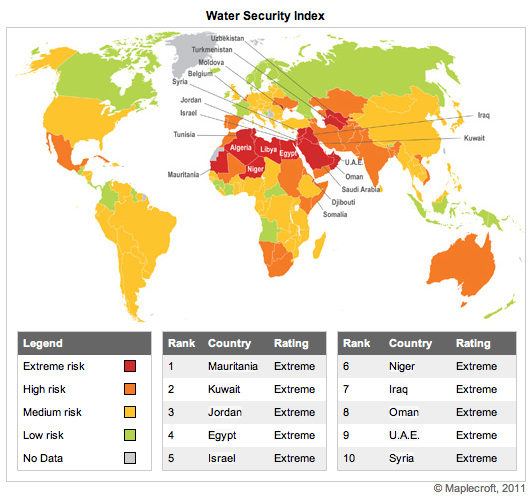Males have by and large run this planet since Neanderthals were drawing on walls in caves. So when we talk about improving gender equality, we are generally talking about things that are immediately beneficial to women. A recent ruling by the European Court of Justice, however, is likely going to cost female drivers some money.
The court has found that tying insurance rates to gender goes against Europe’s Fundamental Charter of Rights. So come December 2012, insurers will no longer be able to do it. The actuarial science regarding male and female drivers, particularly those under 25 years old, couldn’t be clearer. Young men get into more and more expensive accidents than your women. Still, while the numbers don’t lie, I have always wondered why that fact makes it OK to discriminate.
Apparently the court agreed.
Claire Wilkinson of III’s Terms + Conditions blog explains the likely fallout.
In the past, insurers relied on a 2004 directive that recognized the strength of the evidence for gender-based rates. The average claim for an 18-year-old male in the U.K. totals £4,400 ($7,160), vs. £2,700 ($4,390) for an 18-year-old female.
The net effect: Women will be subsidizing men for auto insurance. One British insurer estimated that women under 25 years could pay 25% more per year – perhaps £400 ($650).
The ruling affects other types of insurance, too. Women live longer, so they traditionally paid lower rates for life insurance. (The insurer could earn more investment income off the premium while waiting for the woman’s demise.) So women will see life insurance rates rise, perhaps by 20%.
This issue is obviously a thorny one.
On the one hand, equality is good. On the other, the insurance industry just lost a major, effective way to underwrite risks and properly price rates. Claire brings up the notion of credit ratings being used as a rate-setting metric as well, another thing that always struck me as irrelevant to car-driving ability. Again, the numbers there show some pretty definitive trends but, logically, the connection seems like one inappropriate to the policies that drivers are purchasing.
But what do I know?
I take the subway to work and have never even owned a car.
UPDATE: Canadian Underwriter ran a good piece on this development that includes the following insights about the marketplace uncertainty the decision has created.
The court’s decision will create some uncertainty in the market during the transitional period, says Noleen John, a legal consultant for international legal practice Norton Rose LLP.
“Insurers will from December 2012 need to apply unisex rates,” said John. “This transitional period is less than that recommended by the Advocate General and means that insurers will need to review their policies and practices as soon as possible.
“It also seems likely, in view of the length of the transitional period, that insurers may need to use uncertainty premiums until they have sufficient data in relation to the carrying on of business on this new basis. This could result in higher premiums or lower benefits for certain policyholders (female motorists and male annuitants).”
The decision also may create some uncertainty about the future of other established actuarial factors used to establish insurance premiums.
“There is going to be uncertainty in the insurance market for some time as a result of this decision,” says Ashley Prebble, insurance partner at Norton Rose LLP. “It is likely that the decision will require the European Commission to clarify the position with regards to other potential areas of discrimination, particularly age and disability.”
We shall see.




